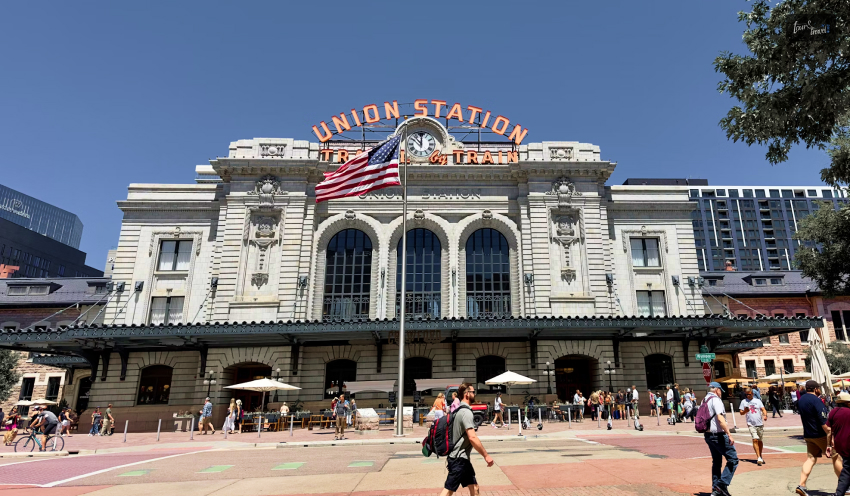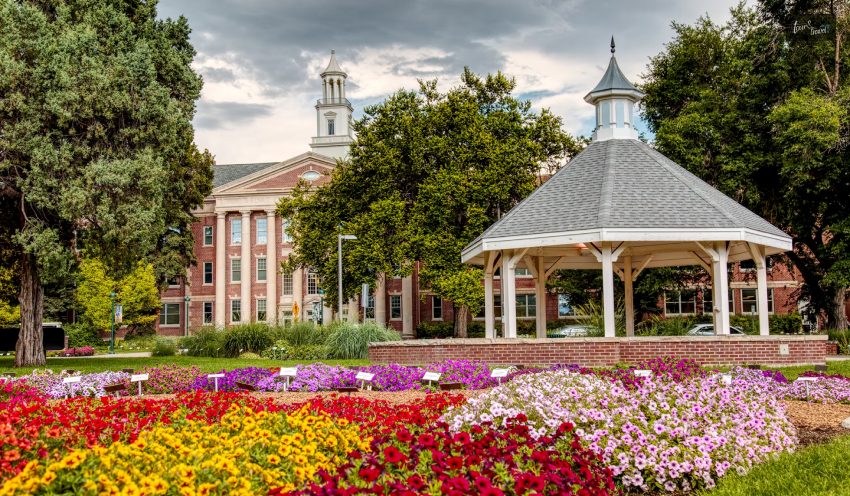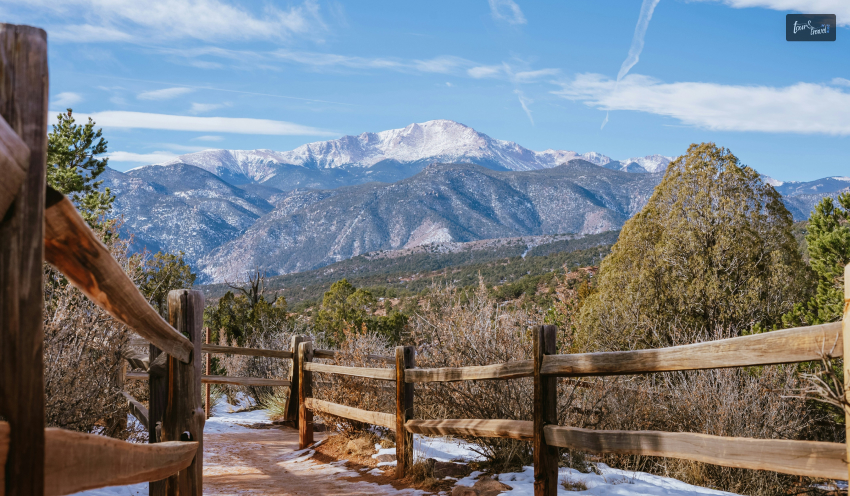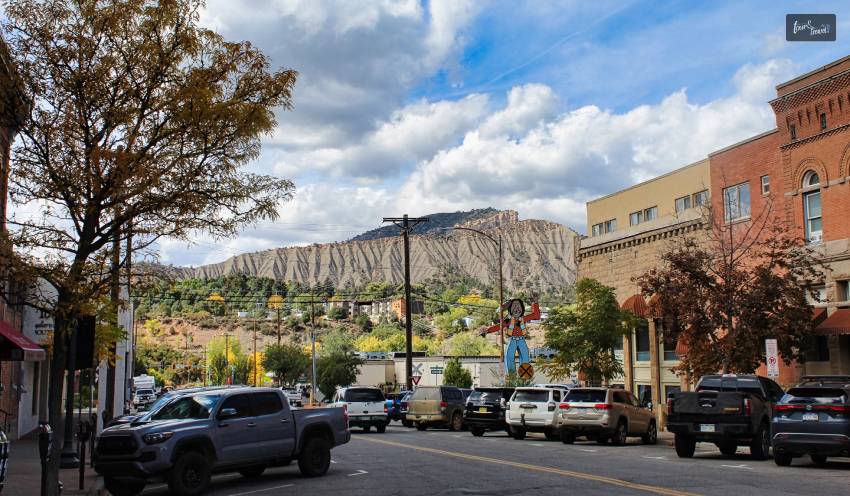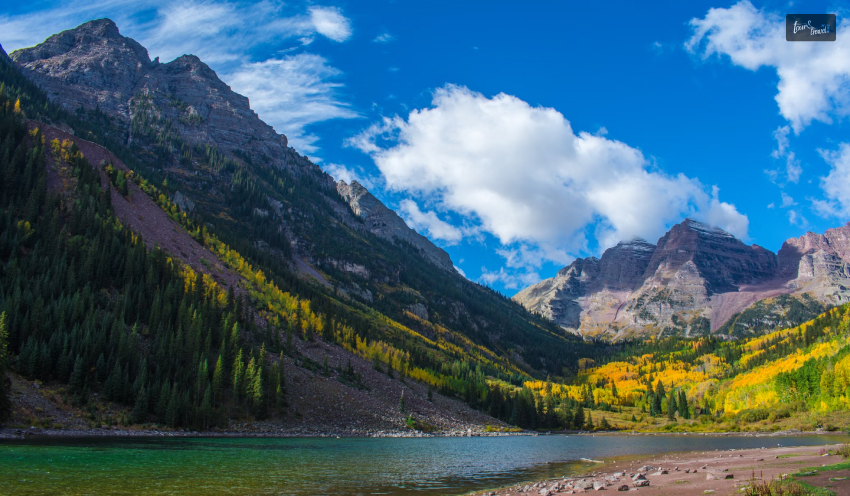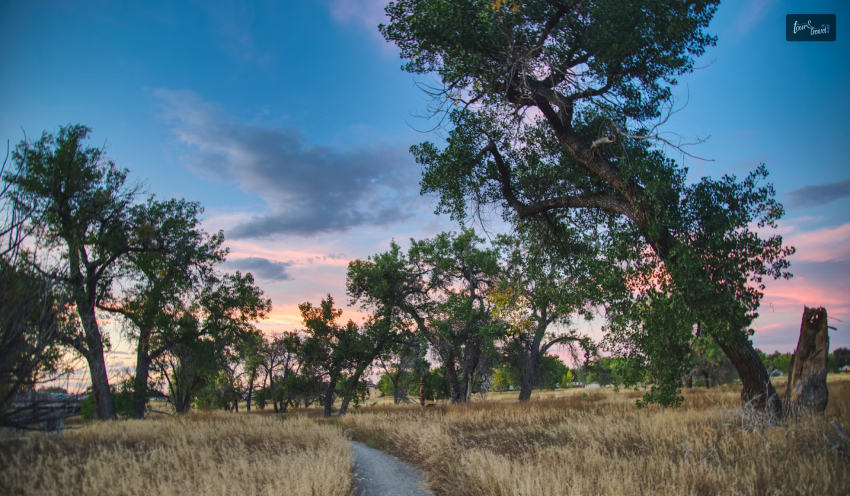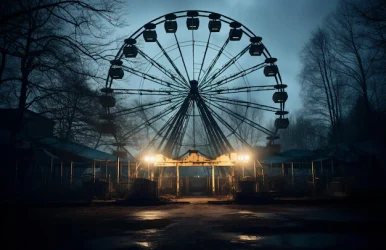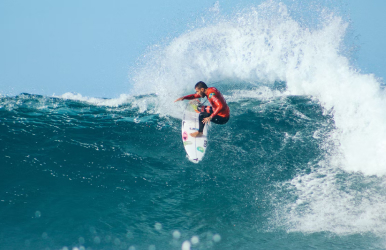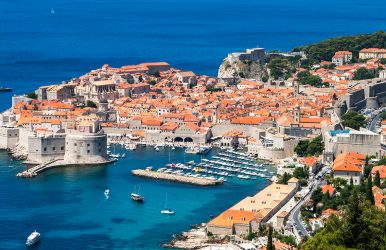Top 7 Outdoor Adventures In Pigeon Forge You Can’t-Miss
BY Ankita Nov 29, 2023
Nestled amid stunning Appalachian Mountain landscapes, Pigeon Forge provides endless options for adrenaline-filled outdoor recreation beyond notable music venues and dinner shows. From outdoor snow tubing to towering ziplines, this destination proves ideal for thrill-seekers craving gorgeous panoramic settings across adventures. Here Are Seven Best Outdoor Adventures In Pigeon Forge You Can't Miss The area offers outdoor activities for all interests, skill levels, and ages beyond regional tourist draws. This comprehensive guide showcases seven exciting outdoor pursuits enticing any visitor to deeply experience Pigeon Forge’s admirable natural splendor legacy from new awe-inspiring angles. 1. Pigeon Forge Snow: Year-Round Indoor Snow Tubing In the heart of Pigeon Forge lies a unique attraction that promises year-round winter fun: Pigeon Forge Snow. This one-of-a-kind facility brings the excitement of snow tubing indoors, allowing visitors to enjoy the thrill of sliding down snowy slopes regardless of the season. The magic of this place is in its ability to maintain a winter wonderland atmosphere all year, offering an excellent escape from the summer heat or a winter adventure without the chill. What sets Pigeon Forge Snow apart is its climate-controlled environment and suitability for all ages, making it an ideal destination for family outings or even a snow tubing birthday party. Imagine celebrating a special day whizzing down snow-covered lanes, followed by laughter-filled snowball fights, without worrying about weather conditions. This venue merges the joy of snow sports with the convenience of an indoor setting, ensuring every visit is filled with memorable and exhilarating experiences. 2. Hiking in the Great Smoky Mountains The crowned jewel of Pigeon Forge’s wealth of outdoor adventure options is undoubtedly the magnificent Great Smoky Mountains National Park, covering over 500,000 protected acres filled with rugged Appalachian Mountain landscapes and terrain. Choose from over 800 miles of diverse scenic trails spanning tranquil lush rainforests, panoramic mountain peaks, and breathtaking roaring waterfalls perfect for hikers of every age and skill level. Both casual travelers and avid peak baggers find plenty of hiking adventure in the park. Classic routes like the Laurel Falls Trail, Abrams Falls, and a walk to historic Cades Cove showcase stunning nature payoffs available after just a few miles. Meanwhile, fitness die-hards can challenge stamina by hiking 16 long miles roundtrip to summit impressive Mount LeConte's towering 6,593 feet. Wandering through this environmentally rich biodiverse wonderland area never disappoints in terms of sweeping views. From plentiful wildlife sightings across fields to stumbling upon hidden wildflower meadows, the diversity continues impressing visitors for decades and decades to come through well-maintained trails. 3. Ziplining Adventures For high-flying thrills, experience Pigeon Forge's gorgeous vistas alongside steep vertical descents across the thick verdant tree canopies with area ziplining adventures. Strap securely into climbing harnesses and helmets to safely soar down elevated steel lines, allowing you to masterfully navigate multiple adrenaline-pumping ziplines showcasing glorious Smoky Mountain forest, river, and ravine landscapes 2,000 feet up through breathtaking unobstructed panoramic angles. Between ziplines, elevated sky bridges transport you effortlessly between courses across jaw-dropping scenic platforms surrounded by mountainous valleys as expert guides share fascinating details about the ecology and terrain. The result feels daring yet comfortably smooth under the assurance of trained climbing professionals dedicated fully to maximizing your rich environmental views and exhilarating emotive sensations sliding with regulated speeds. 4. White Water Rafting on the Pigeon River For those bold, adventurous souls still seeking extra extreme outdoor thrills during their Pigeon Forge getaway, consider facing 12 miles of rowdy swelling Class III and Class IV rapids by signing up to tackle rafting daily expeditions along the winding Pigeon River! Groups of 6 to 12 participants paddle inflatable rafts as teams work together across the gorgeous river terrain, bobbing and weaving between spectacular boulder outlooks and stunning Blue Ridge Mountain backdrops. This water activity lets you dive right into the action, witnessing East Tennessee's natural majestic mountain waters from engaging new low-altitude angles. While providing a thrilling ride, reputable rafting tour companies like Raft One employ only the most experienced, fun-loving guides to man the paddling commands and expertly steer rafts straight through the most challenging rapids and tight passages along the cliffs safely with their knowledge of the river. 5. Horseback Riding For travelers desiring more gentle and intimate interaction experiencing Pigeon Forge’s exquisite wilderness independently, saddle up for a delightful afternoon escaping into the forests and countryside by horseback. Various local outfitters offer visitors guided horseback riding exploration trips winding at calming paces through sun-dappled alpine forests, verdant meadows, and the sprawling foothills of the glorious Smoky Mountains to feel completely transported, experiencing iconic Appalachian nature at smooth equestrian speeds. From beginner-friendly wilderness rides in secluded oak woodlands like those gently offered by Blanton Forest Horseback Rides to hour-long weekend Smoky Mountain guided tours better suited for intermediate-level riders and equestrians, Pigeon Forge stables like Five Oaks Ranch provide quintessential smoky mountain vacations centered on 40+ years respectfully showcasing the region's spectacular environmental legacy and local horsemanship at its finest. Related: Exploring Pigeon Forge As A Weekend Getaway 6. Mountain Coaster Rides A uniquely exhilarating alternative to traditional rollercoasters, round up your family or circle of friends visiting Pigeon Forge to experience tackling the staggering 4,000-foot precipitous near vertical elevation drop racing straight down alongside rocky scarps and beautiful streams aboard the impossibly fun mountain monster thrill coaster located directly within town limits. Riders feel intensified coaster forces directly by manually “driving” individual coaster cars completely independently, personally controlling faster acceleration speeds or braking cautiously through each sharp turn's plunging dips, numerous 360° corkscrews, and countless free-falling camelback moments all dictated by your selected adrenaline-chasing comfort across 3,500 cumulative thrilling feet of gravity-driven monorail track hovering through the dense forest. Mountain coasters like this bring many nonstop grins across most age groups and orientations. 7. Dollywood Lastly, no extensive guide of quintessential iconic attractions found within Pigeon Forge itself feels entirely complete without discussing the enormously popular thrilling theme park Dollywood located just minutes from downtown. People travel incredibly far distances just to experience their award-winning outdoor rides like Tennessee Tornado, Mystery Mine, and Dragonflies rollercoasters, deliberately designed masterfully to whip riders daringly through the authentic towering Smokies themselves! With additional shows, art demonstrations and concerts continually happening routinely across the park, even long waits next to various roller coasters continue rousing fun and local connections. Neighboring water park Dollywood’s Splash Country provides necessary summer heat relief while continuing friendly Appalachian-themed thrills through numerous towering slippery slides slicing through refreshing waterfalls. Combined, both flagship Dollywood parks offer families and outdoor thrill-seekers nearly endless amounts of entertainment possibilities fully immersed just steps away from the gorgeous natural forests and wilderness that have characterized the signature Smoky Mountain region since the frontier days. It's no wonder crowds return happy year after year! Conclusion In conclusion, Pigeon Forge and the surrounding vista-rich Appalachian Mountain landscapes deliver unlimited options supporting active thrill-seeking and challenging outdoor recreation rivaling any major global destination. From tranquil wildflower-lined hiking trails to daring whitewater rafting expeditions navigating Class 4 rapids, this eastern Tennessee vacation hub offers exhilarating excursions featuring renowned southern hospitality. Ultimately, balancing these physically demanding adventures with equal amounts of relaxing downtime, enjoying stellar comfort foods, regional arts and crafts demonstrations, plus live music performances, all reflecting local cultures and traditions. Pigeon Forge continues growing into the ideal quintessential family outdoor vacation destination that visitors return to faithfully enjoy year after year as annual traditions, always finding new hidden gems and welcoming surprises along the way. Start planning your own Smoky Mountain adventures exploring untamed wilderness now while basking in expedient modern conveniences! Read Also: Your Guide To The Perfect Pigeon Forge Vacation 6 Tips For Experiencing The Best Of Pigeon Forge 4 Tips To Enjoy A Comfortable Stay In Pigeon Forge

